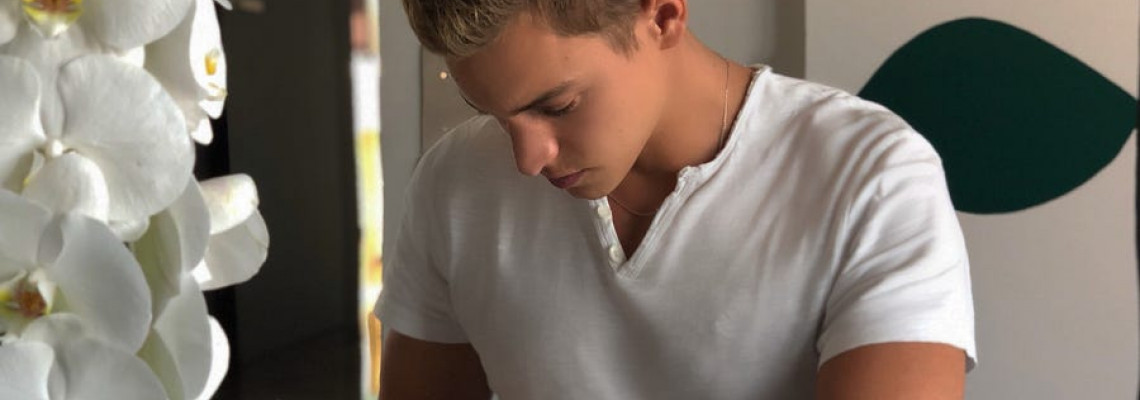
How a 28-year-old became one of the most buzzed-about luxury jewelry designers in the world, with an elite list of clients that includes Rihanna
businessinsider.com - 6 days ago on August 25th 2020
By Dominic-Madori Davis
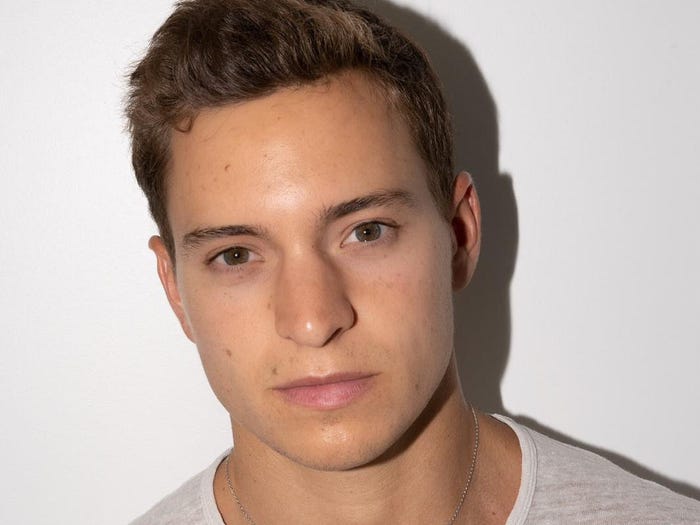
* At just 28 years old, Emmanuel Tarpin is one of high-end jewelry's rising stars.
* Tarpin has amassed an elite list of clients over the last five years, winning the Rising Star prize from Fashion Group International and Designer of the Year' at the 2019 Town and Country Jewelry Awards along the way.
* Speaking to Business Insider, Tarpin opened up abut about his early career, the future of his brand amid the pandemic, his thoughts on fine jewelry as an investment asset, and how his designs caught Rihanna's eye.
The sun was still blazing as evening settled in Paris. It was 6 p.m., and jewelry designer Emmanuel Tarpin was in his apartment, winding down his day.
At around a quarter past the hour, Business Insider called — a little bit late, but the goal still the same: to find out how this 28-year-old became one of the most buzzed-about jewelry designers in the world almost overnight.
"I've had a passion for jewelry since I was a child," he told Business Insider. "We always talk about the passion and creation of the fashion designer, but the jeweler these days always has to be discreet, and I think that's a shame."
Tarpin graduated in 2014 from the Haute École d'Arts Appliqués school in Geneva, Switzerland, where he studied jewelry design. Afterward, he began working in the Van Cleef & Arpels High Jewelry workshop on the jewelry bench, where he refined his design techniques and craftsmanship.
But after three years, he was ready to try something new.
"It was frustrating to make jewelry that didn't have my own designs," he said. "I wanted to start something that was my own, and I wanted to evolve, to try new things, to try my own designs, and to create my own brand."
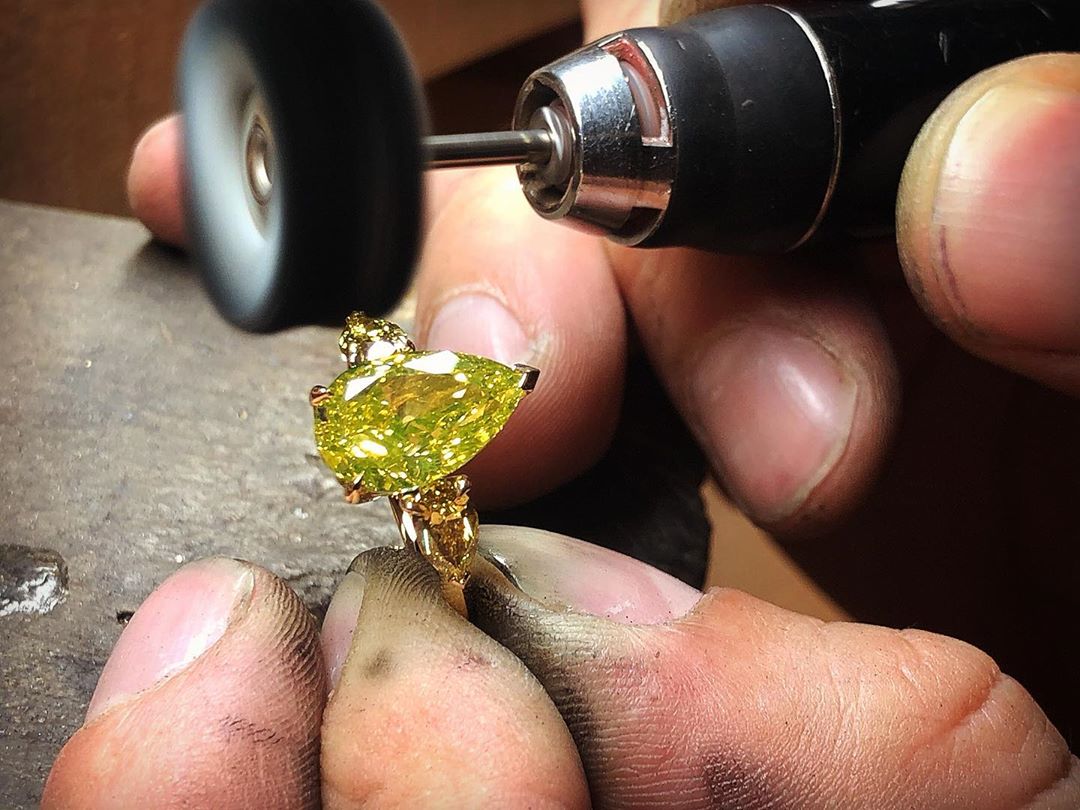
So in 2017, he launched his eponymous jewelry line and flew to New York City. Nobody there knew his name, but he was determined to show the jewelry industry's top players that he could, just as effortlessly, play their game.
"I got an appointment with Christie's in New York and I showed them my first jewelry design piece, and they really loved it," he said. "Immediately, they put it up for auction."
His first pair of earrings sold at Christie's for $25,000 in 2017, with the auction house describing him in its post lot text as "a promising young jewelry designer." And just like that, then 25-year-old Tarpin became a rising star.
Today, the jeweler has built a roster of clientele so exclusive that he works with them only by private appointment. He's not sold in stores or online and doesn't even have his own gallery — yet, at least.
Like most millennial entrepreneurs, leading an intimate, authentic brand is important to Tarpin.
"I love to take time with my clients. I want them to see my universe, what I create, and where my inspiration comes from," he said. "I always traveled a lot with my family and that always inspired me. I also love nature. I grew up in Annecy [in southeastern France], with an ambience of nature."
Tarpin doesn't make many pieces a year and says it takes a few months for him and his jewelry team to bring his projects to life. For the designer, picking the gemstones is one of the most important parts of his process, and one he tries to do all by himself.
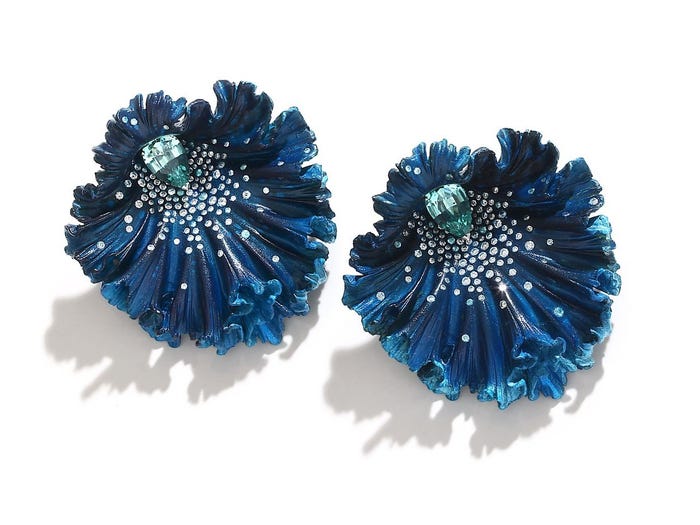
White, yellow gold Orchid earrings made with blue aluminium, complete with Namibian and Paraiba tourmalines and diamonds.
"I love white diamonds, but also I use a lot of colored stones like emeralds, sapphires, and even fine stones — not precious ones — but even like tourmaline," he said. "Everything is one of a kind."
After designing a piece of jewelry and meeting with a client, he then instructs them carefully in how to wear their new accessory: with simple clothes that will help bring attention to his designs. "It's always great to have a very simple dress that will allow the beautiful detailing to be seen on the jewel," he said.
Instructions like these helped bring even more attention to the young designer, and in January 2019, he was presented with both the Rising Star prize from Fashion Group International and Designer of the Year at the Town and Country Jewelry Awards.
Later that month, Rihanna's stylist called. The singer loved a pair of his earrings. "And that's how it all started — in quite a simple way," he said of his work with the world's richest female musician.
That February, Rihanna stepped out wearing a pair of Tarpin's black aluminum yellow gold seashell, 14-carat diamond earrings. She was on her way to Beyoncé and Jay-Z's exclusive Oscars afterparty at the Chateau Marmont, wearing a leopard print Alexandre Vauthier mini dress.
Fine jewelry has long been seen as a good investment, sitting alongside other "investments of passion" like wine, whiskey, art, classic cars, and even Birkin bags, as items that typically increase in value over time.
But as the Financial Times' Kate Beioley writes, jewelry can be a hard asset class to tap into.
Like blue-chip art, most demand follows a very select and specific sub-class: diamonds and exceptional gemstones. And in the past few years, the jewelry market hasn't been the most stable. Artnet reported that in 2019, global jewelry sales fell from $1.8 billion to $1.15 billion. All of which is to say: Consumer tastes are changing and the clarity, color, carat, and cut of a jewel have never been more important.
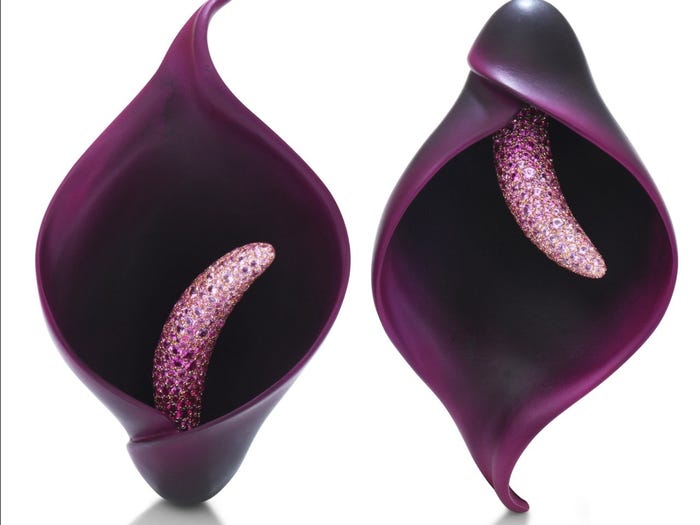
Despite a volatile market, the pandemic brought forth conflicting messages — that the jewelry sector is set to take a massive financial hit, but also that when the going gets tough, people who can afford it still do buy diamonds.
Luxury retailers Moda Operandi and Olivela both told Business Insider that they saw an uptick in jewelry sales amid the height of the pandemic, and even Tarpin reports that the pandemic hasn't hit his business too hard.
"For what I create for my clients, nothing has changed a lot," he said.
Ultimately, Tarpin is not a fan of viewing jewelry as an asset class, and when asked about its investment value, the young designer shied away. To him, it's art; he views jewelry as "sculpture you can wear."
"Of course, there is the idea of investment, but I don't really think of that when I create a piece. Jewelry is something very intimate, very personal," he said. "After the pandemic, maybe people will think differently about how they buy jewelry. Maybe they will actually think more about feelings and buy things they enjoy."

Leave a Comment